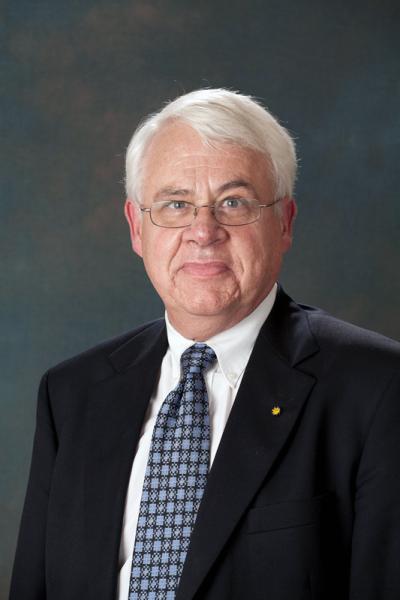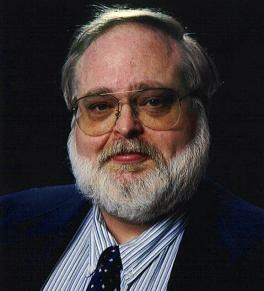The Ecology of Terrorist Organizations


Principal Investigators: Edward Crenshaw and J. Craig Jenkins, Department of Sociology
How do terrorist organizations act as agents of change? Since Sept. 11 there has been enormous interest in terrorist groups. Large amounts of data have been collected about the terrorists and their attacks. However systematic, empirical data on terrorist organizations, along with data on political groups that choose not to use terrorism, have never been collected and analyzed.
Edward Crenshaw and J. Craig Jenkins, along with a multidisciplinary team, will examine data collected by the Minorities at Risk Organizational Behavior (MAROB) project at University of Maryland's Center for International Development and Conflict Management.
These data will be analyzed to study the birth and death of terrorist organizations as part of a larger social ecology. Research questions include:
- Why do terrorist organizations form?
- What allows a terrorist group to survive?
- Why do organizations choose violent tactics over non-violent means?
- How does group behavior evolve over time, including the decision to use or not use violence?
- Why do terrorist organizations cease to operate?
Crenshaw and Jenkins define a terrorist organization as a group of at least 10 participants who over the period of at least one year have participated in or campaigned for terrorist actions. Organizations such as al-Qaida, Hamas, and the Irish Republican Army are examples.
In their research, Crenshaw and Jenkins assume that organizations are a function of the context in which they exist, and that they in turn act as agents of change, shaping their own political and social environment. By applying social ecosystems theory to the data, the natural characteristics that spawn terrorist organizations can be identified and studied.
Crenshaw and Jenkins's model draws on the idea in ecology of concentric shells, then applies it to a terrorism context. The outermost shell in the political or terrorist organization system is the international system. The next shell is the regional or national system in which the organization exists. The innermost shell is the organization itself. These shells represent areas that both foster the growth of terrorist groups and in turn are ultimately affected by them.
Crenshaw and Jenkins will examine cross-national data to show the density of terrorist organizations in each country. Countries with a high density of terrorist groups often produce more lethal terrorist actions. The competition for resources and membership in a specific country often drives larger terrorist organizations to absorb smaller groups, which focuses and multiplies their capabilities.
By studying the increase in the lethality and geographic scope of terrorism in the past two decades, Crenshaw and Jenkins will analyze terrorist organizations’ innovations, plans, tactics and weapons. This will lead to a greater understanding of the origins and behavior of terrorist organizations.
Investigators
Filters: 2007-2008, Sociology
